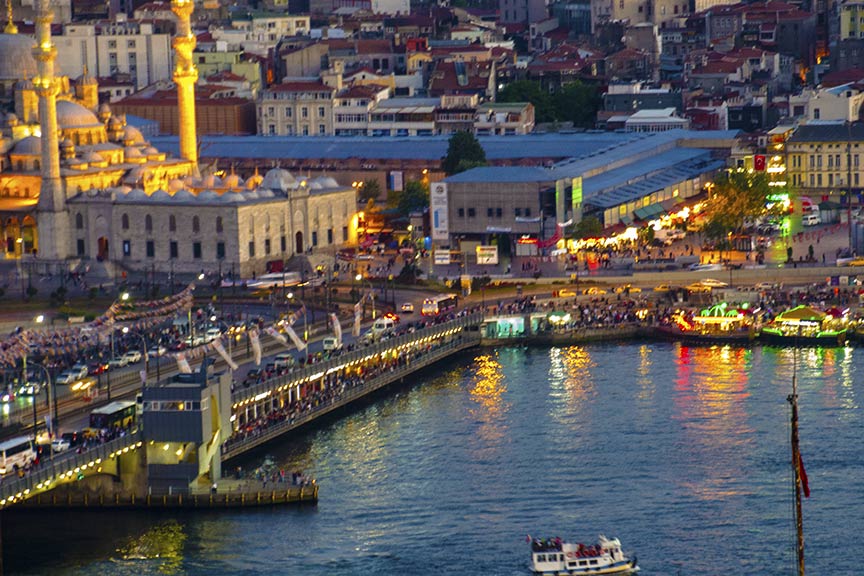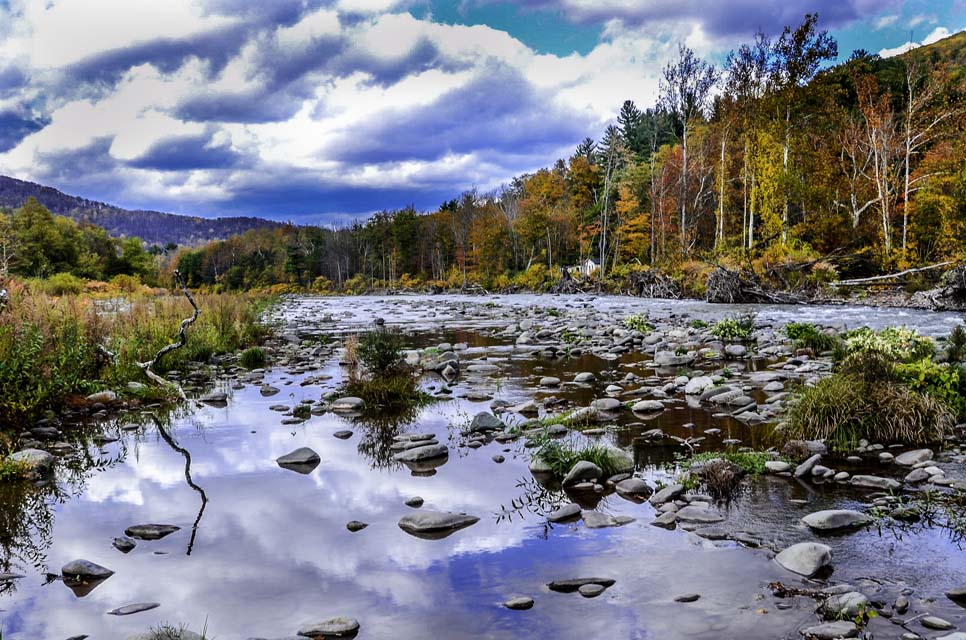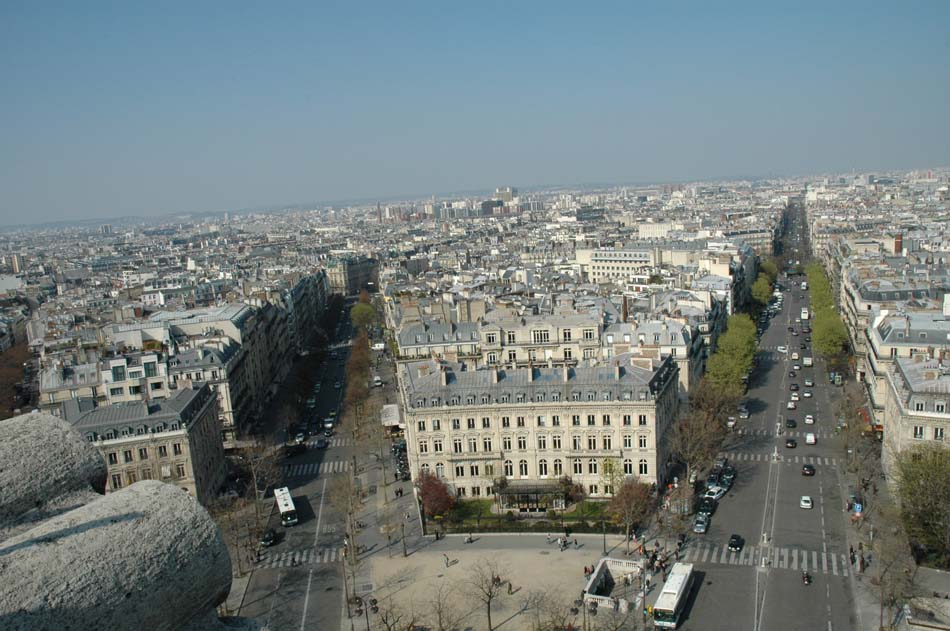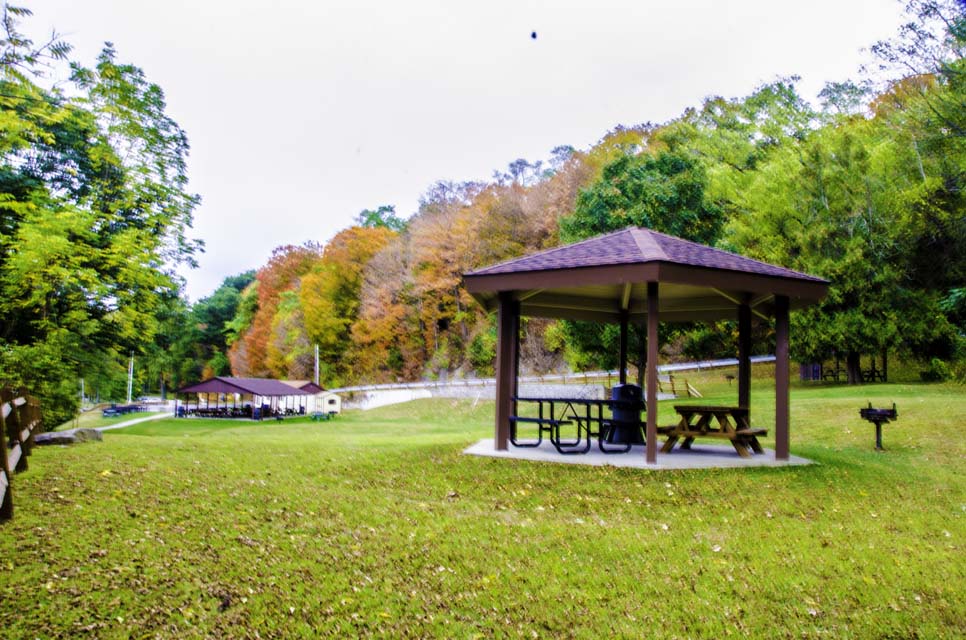
#Art of Landscape Photography
Landscape photography is a type of photography that focuses on capturing images of natural scenery, such as mountains, forests, deserts, oceans, and other outdoor environments. Landscape photographers often use a wide-angle lens to capture expansive views and create a sense of depth and space in their photos. They also pay attention to factors such as lighting, composition, and color to create visually stunning and impactful images.
One of the keys to successful landscape photography is being in the right place at the right time. Many photographers will scout out locations ahead of time to find the best vantage points and to plan for optimal lighting conditions. They may also use tools such as tripods, filters, and remote triggers to help capture sharp and well-exposed images.
Some of the most famous landscape photographers include Ansel Adams, Galen Rowell, and William Henry Jackson. Adams is particularly known for his iconic black and white images of Yosemite National Park, while Rowell is known for his stunning images of mountain landscapes and wilderness areas. Jackson, who lived in the late 1800s, was one of the first photographers to capture images of the American West, including Yellowstone National Park and the Grand Tetons.
Today, landscape photography remains a popular and rewarding genre for photographers of all skill levels. With the advent of digital photography, it’s easier than ever to capture high-quality images of natural scenery and share them with the world. Whether you’re a professional photographer or simply a nature lover with a camera, landscape photography offers endless opportunities for creativity and inspiration.
Landscape photography is a genre of photography that captures natural scenery and outdoor environments, ranging from vast wilderness areas to urban parks and gardens. Landscape photography aims to convey the beauty, majesty, and wonder of the natural world, often highlighting the interplay of light, color, texture, and form generally captures the beauty of nature and the outdoors.

#Art of Landscape Photography
Some tips for capturing compelling landscape photos include:
- Plan your shoot:
- Research the location and consider the best time of day to shoot for optimal lighting conditions. Check the weather forecast and plan accordingly.
- Use a tripod:
- To keep your camera steady and ensure sharp images, use a sturdy tripod.
- Choose the right lens:
- Wide-angle lenses are commonly used in landscape photography to capture the vastness of the scene. Consider using a polarizing filter to enhance colors and reduce glare.
- Look for interesting compositions:
- Use leading lines, foreground elements, and other visual cues to create a dynamic and visually interesting composition.
- Experiment with exposure:
- Play with different exposure settings to capture the mood and atmosphere of the scene. Consider using a long exposure to capture the movement of water or clouds.
- Edit with care:
- Use editing software to enhance your images, but be careful not to overdo it. The goal is to create a natural-looking image that captures the beauty of the scene.
- Pay attention to composition:
- Look for leading lines, patterns, and other visual elements to create a dynamic and visually interesting composition.
- Use the rule of thirds:
- Divide your frame into thirds both horizontally and vertically, and place your subject or focal point at one of the intersections for a visually pleasing composition.
- Experiment with exposure:
- Play with different shutter speeds, apertures, and ISO settings to capture the mood and atmosphere of the scene. For example, a long exposure can create a dreamy, ethereal effect with moving water or clouds.
- Consider the foreground:
- Adding an interesting foreground element can add depth and interest to your landscape photos.
- Be patient:
- Landscape photography often requires waiting for the right moment, whether it’s the perfect light, the right weather conditions, or the right timing for natural phenomena like sunsets or starry skies.

#Art of Landscape Photography
Best places for Landscape photography
There are countless beautiful places around the world that offer stunning landscapes for photography. Here are some suggestions for the best places for landscape photography:
- Yosemite National Park, California, USA:
Known for its granite cliffs, waterfalls, and giant sequoia trees, Yosemite is a popular destination for landscape photographers.
- Banff National Park, Alberta, Canada:
This mountainous park is home to turquoise lakes, glaciers, and dramatic peaks, making it a prime location for landscape photography.
- Patagonia, Argentina and Chile:
This remote region of South America offers stunning landscapes that include glaciers, mountains, lakes, and forests.
- Scottish Highlands, Scotland:
With rugged coastlines, moors, and mountains, the Scottish Highlands offer a diverse range
of landscapes for photography.
- Santorini, Greece:
The island of Santorini is known for its stunning white-washed buildings perched on cliffs overlooking the Aegean Sea, making it a popular destination for landscape photography.
- Namib Desert, Namibia:
This arid region in southern Africa is home to towering sand dunes, stark landscapes, and unique flora and fauna.
- Fiordland National Park, New Zealand:
This park in the southwestern corner of New Zealand’s South Island features rugged mountains, fjords, and rainforests.
- Zhangjiajie National Forest Park, China:
Known for its towering sandstone pillars and misty valleys, this park in central China is a popular destination for landscape photographers.

#Art of Landscape Photography
These are just a few of the many beautiful places around the world that offer stunning landscapes for photography.
What is the Best Lens for Landscape Photography?
The best lens for landscape photography depends on the type of landscapes you’re shooting, your personal style, and your budget. Here are some options to consider:
- Wide-angle lens:
A wide-angle lens is a popular choice for landscape photography as it allows you to capture a wide field of view, which is great for capturing sweeping landscapes or vistas. A 16-35mm or 10-24mm lens is a good choice for this purpose.
- Ultra-wide-angle lens:
An ultra-wide-angle lens can give you an even wider field of view than a standard wide-angle lens. This is great for capturing landscapes that are expansive or have a lot of foreground elements. A 14-24mm or 8-15mm fisheye lens are good options.
- Standard zoom lens:
A standard zoom lens is a versatile option that can be used for a variety of photography types, including landscape photography. A 24-70mm lens is a good choice for this purpose as it allows you to zoom in or out to capture different perspectives.
- Telephoto lens:
A telephoto lens can be useful for capturing landscapes with compressed perspectives, such as mountains or rock formations. A 70-200mm or 100-400mm lens is a good option for this purpose.
- Prime lens:
A prime lens can offer sharper image quality and wider apertures, which is useful for low light situations or for creating a shallow depth of field effect. A 35mm or 50mm prime lens can be a good choice for landscape photography.
Ultimately, the best lens for landscape photography will depend on your personal preferences and shooting style, as well as your budget. It’s always a good idea to rent or borrow lenses before making a purchase to ensure that you’re getting the right lens for your needs.

Art of Landscape Photography
What Are The Different Types Of Landscape Photography
There are several types of landscape photography that you can explore. Here are some of the most popular types:
- Nature Landscapes:
This type of landscape photography involves capturing the beauty of natural landscapes such as mountains, forests, deserts, beaches, waterfalls, and other natural features.
- Urban Landscapes:
This type of landscape photography involves capturing the urban landscape of cities, towns, and other urban areas. This could include photographs of architecture, cityscapes, and streetscapes.
- Seascape Photography:
This type of landscape photography involves capturing the beauty of the ocean and the shoreline. This could include photographs of waves, beaches, lighthouses, boats, and other elements of the coastline.
- Skyline Photography:
This type of landscape photography involves capturing the beauty of the sky, including sunsets, sunrises, and clouds.
- Astro Landscape Photography:
This type of landscape photography involves capturing the beauty of the night sky, including stars, the Milky Way, and the Northern Lights.
- Abstract Landscape Photography:
This type of landscape photography involves capturing the beauty of the landscape in an abstract or artistic way. This could include photographs of patterns, textures, and shapes found in nature.
- Black and White Landscape Photography:
This type of landscape photography involves capturing the landscape in black and white, which can create a more dramatic and timeless image.
These are just some of the different types of landscape photography you can explore. Whatever your interest, there is always a new way to capture the beauty of the natural world.
